Seva: The Spiritual Circuits of Monetary and Bodily Service
Prabhjit Singh and Raminder Kaur
ਘੜੀਐ ਸਬਦੁ ਸਚੀ ਟਕਸਾਲ
The True Coin of the Shabad (the Word of God) is created in the True Mint of the congregation of Saints (Rehat Maryada)
Attitudes towards money in Sikh religious culture may be considered in terms of four ways – as attachment, metaphor, contribution, and redistribution. Money as delusional attachment (dhan, lakhmi) and concepts such as maya (worldly illusions including money) are replete in the holy scriptures, the Shri Guru Granth Sahib (SGGS), borrowing as it does ideas from other religious cultures. The main idea is that the soul cannot flourish with the maya of money. An example is:
ਬਾਬਾ ਮਾਇਆ ਸਾਥਿ ਨ ਹੋਇ ॥
O Baba, the wealth of Maya does not go with anyone.
ਇਨਿ ਮਾਇਆ ਜਗੁ ਮੋਹਿਆ ਵਿਰਲਾ ਬੂਝੈ ਕੋਇ ॥ ਰਹਾਉ ॥
This Maya has bewitched the world, but only a rare few understand this. ||Pause|| (SGGS, p.595)
Money is so entrenched that it has also become a metaphor for keeping account of good and bad deeds. For instance, the fifteenth century sant (poet-saint), Kabir, wrote:
ਦੇਹੀ ਗਾਵਾ ਜੀਉ ਧਰ ਮਹਤਉ ਬਸਹਿ ਪੰਚ ਕਿਰਸਾਨਾ ॥
The body is a village, and the soul is the owner and farmer; the five farmhands live there.
ਨੈਨੂ ਨਕਟੂ ਸ੍ਰਵਨੂ ਰਸਪਤਿ ਇੰਦ੍ਰੀ ਕਹਿਆ ਨ ਮਾਨਾ ॥੧॥
The eyes, nose, ears, tongue and sensory organs of touch do not obey any order. ||1|| ਬਾਬਾ ਅਬ ਨ ਬਸਉ ਇਹ ਗਾਉ ॥ O Father, now I shall not live in this village.
ਘਰੀ ਘਰੀ ਕਾ ਲੇਖਾ ਮਾਗੈ ਕਾਇਥੁ ਚੇਤੂ ਨਾਉ ॥੧॥ ਰਹਾਉ ॥
The accountants summoned the recording scribes of the conscious and the unconscious to ask for an account of each and every moment. ||1||Pause||
ਧਰਮ ਰਾਇ ਜਬ ਲੇਖਾ ਮਾਗੈ ਬਾਕੀ ਨਿਕਸੀ ਭਾਰੀ ॥
When the Righteous Judge of Dharma calls for my account, there shall be a very heavy balance against me.
ਪੰਚ ਕ੍ਰਿਸਾਨਵਾ ਭਾਗਿ ਗਏ ਲੈ ਬਾਧਿਓ ਜੀਉ ਦਰਬਾਰੀ ॥੨॥
The five farmhands shall then run away, and the bailiff shall arrest the soul. ||2||
ਕਹੈ ਕਬੀਰੁ ਸੁਨਹੁ ਰੇ ਸੰਤਹੁ ਖੇਤ ਹੀ ਕਰਹੁ ਨਿਬੇਰਾ ॥
Says Kabeer, listen, O Saints. settle your accounts in this farm.
ਅਬ ਕੀ ਬਾਰ ਬਖਸਿ ਬੰਦੇ ਕਉ ਬਹੁਰਿ ਨ ਭਉਜਲਿ ਫੇਰਾ ॥੩॥੭॥
O Lord, please forgive Your slave now in this life, so that he may not have to return again to this terrifying world-ocean. ||3||7||| (SGGS, p.1104)
Money has also become an everyday necessity. This need is only problematic if one loses their sense of humility or become too money-dependent (nirbhar). Sikhism decrees that balance as a householder is the order of the day and that one should share individual and family earnings with others. These contributions come with two precepts – that they should be according to one’s ability, and come from one’s heart in the spirit of devotion. The SGGS contains a message (farmaan) written by the founder of Sikhism, Guru Nanak Dev:
ਘਾਲਿ ਖਾਇ ਕਿਛੁ ਹਥਹੁ ਦੇਇ ॥
One who works for what he eats, and gives some of what he has
ਨਾਨਕ ਰਾਹੁ ਪਛਾਣਹਿ ਸੇਇ ॥੧॥
O Nanak, he knows the Path. ||1|| (SGGS, p.1245)
In the holy sanctuary of a gurdwara, there is always a collection box (golak) in front of the SGGS, a holy book that is treated as an eternal embodiment of the eleventh guru. Before bowing down respectfully in front of the sacred scripture, the devotee inserts cash into the golak. This donation is for both divinity and community as the collected funds are used to cover the costs of maintenance, charity and running a communal kitchen (langar) at the gurdwara.
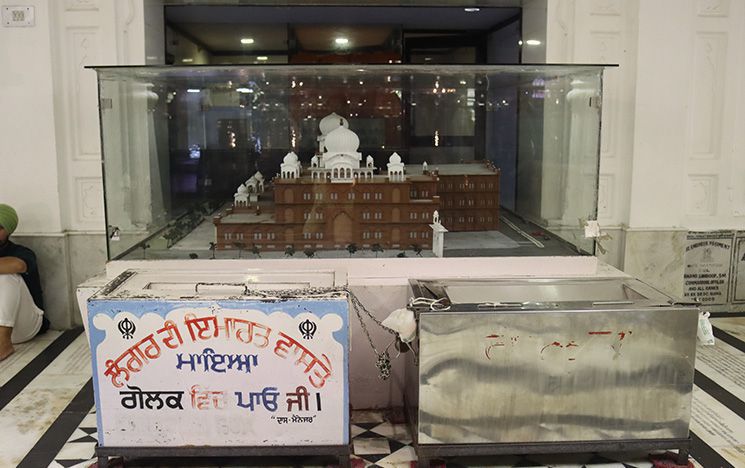
Figure 1: Donations for the extension of the langar hall or communal kitchen and dining area in Harmandir Sahib complex
In the Harmandir Sahib (Golden Temple), there are a medley of golak on each of the three floors of the central shrine where the SGGS is read. There are also secured golak along the circumambulatory walkway, parkrama, in or around smaller shrines, sacred trees or as collections points for new buildings and galleries.
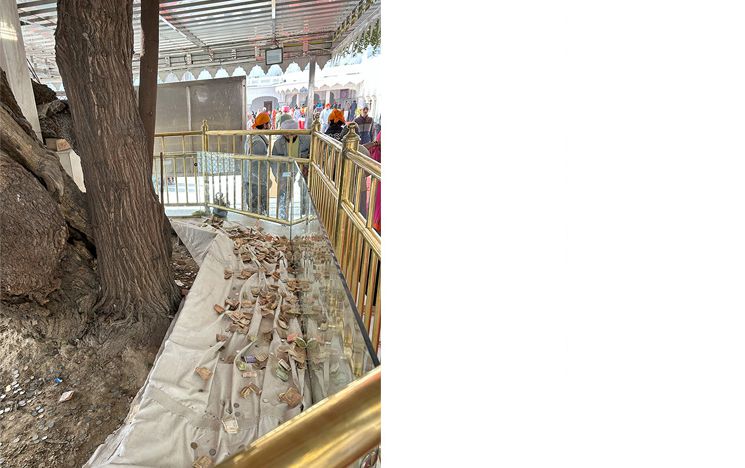
Figure 2: Donations around Baba Buddha Ber in Harmandir Sahib complex
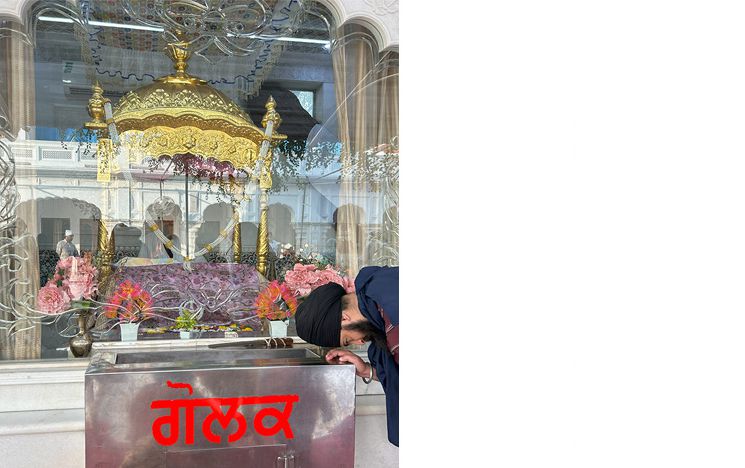
Figure 3: Donation box (golak) in front of Dukh Bhanji Ber shrine in Harmandir Sahib complex
In addition, there are about five manned booths on the parkrama where contributions are given for langar, karah prashad (devotional food) with its dry variety for those coming from long distances, pinni prashad, siropa (scarf of honour) and for building projects such as the expansion of the langar hall. These donations are recorded in receipt books and when full, registered on tall shelves in the Teja Singh Samundri Hall located outside the langar hall near the pilgrims’ residences (niwas).
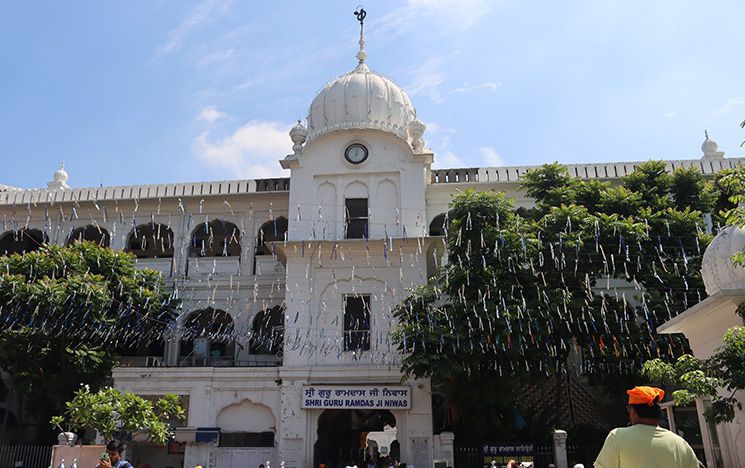
Figure 4: Ramdas Niwas, the oldest residence for pilgrims in Amritsar built in the 1930s
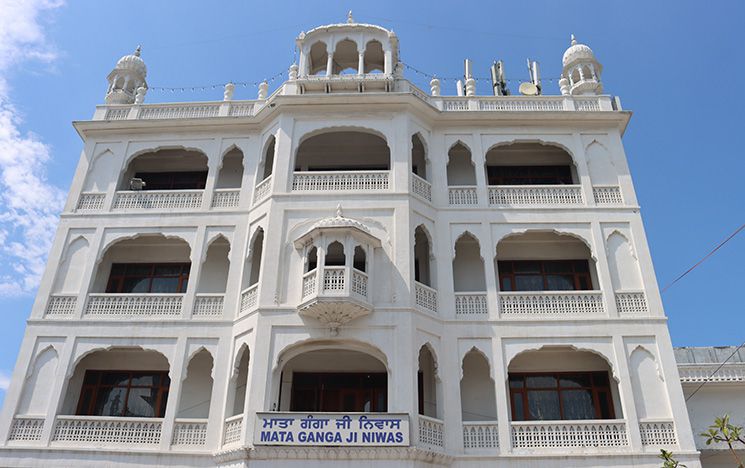
Figure 5: Mata Ganga Ji Niwas to house pilgrims in Amritsar
This building is the nerve centre for all cash collection, overseen by the managing authority of gurdwaras in Panjab, the Shiromani Gurdwara Parbandhak Committee (SGPC).
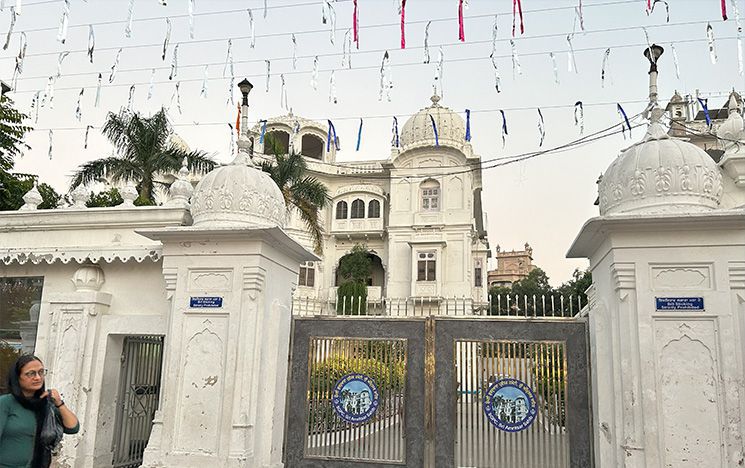
Figure 6: Teja Singh Samundri Hall in Amritsar
The golak constitute focal points for a flow of financial movement into, across and out of the place as the donations are regularly emptied by three or four men and taken into the basement of the Akal Takht Sahib opposite the Harmandir Sahib, and then to a room in the Teja Singh Samundri Hall. Here, the funds are periodically counted by about fifty SGPC staff with supervision and surveillance in a large room and logged in an account book. The financial phenomena at the Harmandir Sahib complex amount to a daily flow of tens of millions (crores) of rupees (about a hundred thousand pounds). These funds are then deposited in the nearby banks, the State Bank of India and the Punjab National Bank, and used to pay the 4,000-5,000 SGPC staff and contractors, as well as cover costs such as the maintenance of the buildings, activities and festivals, expansion of the site, health, educational and other social initiatives.
Bodily service might also be given in the spirit of devotion. For instance, Guru Nanak Dev, wrote:
ਵਿਚਿ ਦੁਨੀਆ ਸੇਵ ਕਮਾਈਐ ॥
In the midst of this world, do seva
ਦਰਗਹ ਬੈਸਣੁ ਪਾਈਐ ॥
and you shall be given a place of honour in the Court of the Lord.
ਕਹੁ ਨਾਨਕ ਬਾਹ ਲੁਡਾਈਐ ॥੪॥੩੩॥
Says Nanak, swing your arms in joy! ||4||33|| (SGGS, p.26)
Altogether, seva (selfless service) encapsulates bodily, intellectual and financial support for others in the community without expectation other than getting close to God and ‘joy’ (anand). Foreign pilgrims in Amritsar tend to give financial rather than bodily seva due to a lack of time when they visit the city. Those who have free time help with vegetable preparations for langar, washing utensils, or sweeping and mopping the premises.
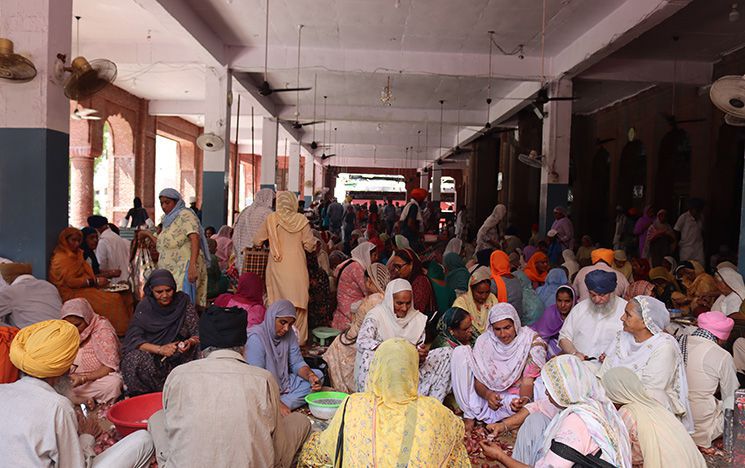
Figure 7: Seva (selfless service) with the preparation of vegetables for communal meals (langar) at Harmandir Sahib complex
Those who are amritdhari (baptised Sikhs) can help with the cleaning of the inside of the Harmandir Sahib shrine itself. This has happened with devotees who come with the Nishkam Jatha based in the gurdwara on Soho Road in Birmingham to carefully polish the goldleaf-covered decorations.
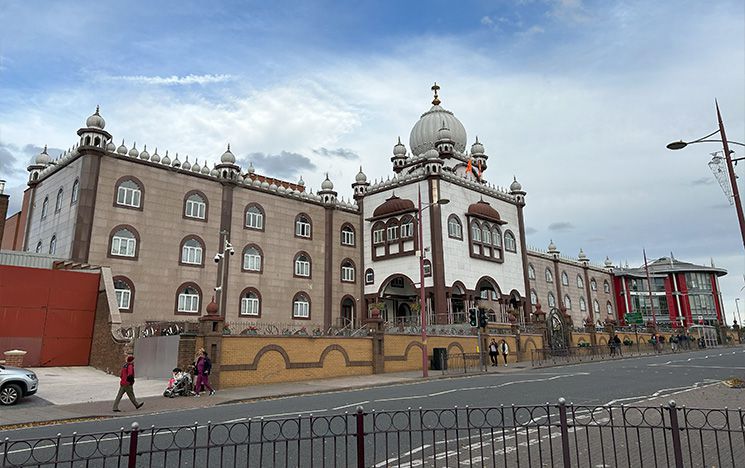
Figure 8: Guru Nanak Nishkam Sewak Jatha Gurdwara in Birmingham
Or they may do ‘carpet service’ when the inside of the main shrine is emptied after it is closed at 10 pm, the carpets lifted, then the floors washed with water and milk before the entire area is redecorated with fresh flowers, a new rumala sahib (ceremonial cloths around the SGGS) and a chandhoa (cover hanging from the ceiling), before the doors reopen again at 2.30 am. This is a time of remarkable zeal and beautiful serenity, where devotees enjoy a relatively peaceful moment away from the throng of the crowds that line up for the Harmandir Sahib the rest of the time.
Despite well-meaning intentions, seva may well become counterproductive. For instance, on the occasion of a guru’s birthday, many residents in Amritsar serve langar on the street. Food stalls might be set up every five hundred meters. ‘What is the point of this? Nobody gets hungry every five hundred metres,’ said one observer. Similarly, in July when it is extremely hot, stalls with sweetened water (shabeel) are set up on the way to the Harmandir Sahib. Afterwards, much of this water is poured down the drain for it cannot all be consumed. Others that provide seva tend to aimlessly clean where there is no need to clean as the area is already spotless: ‘They just want to be seen to be doing seva,’ said one person.
That is why contributions need to be thoughtful – serving with the mind (man meaning heart and mind) where it is needed and without objectives for self-gain. For instance, as one person highlighted, donations could be given for the housing and welfare of the poor and orphans all year round; or they could be collected for educational scholarships that is socially beneficial for the next generation.
The SGGS states that charity (daan) is inspired by wisdom (akal):
ਅਕਲੀ ਸਾਹਿਬੁ ਸੇਵੀਐ, ਅਕਲੀ ਪਾਈਐ ਮਾਨੁ ॥
Wisdom leads us to serve our Lord and Master; through wisdom, honour is obtained.
ਅਕਲੀ ਪੜਿ ਕੈ ਬੁਝੀਐ ਅਕਲੀ ਕੀਚੈ ਦਾਨੁ ॥
Wisdom does not come by reading textbooks; wisdom inspires us to give in charity (SGGS, p.1245).
To similar ends, the tenth guru, Guru Gobind Singh, gave an order (hukam) in 1699 that Sikhs should consolidate their community, under threat from oppressive Mughal rulers. Each follower should also give a tenth of their earnings (dasvandh), to the gurdwara and to those who are in need. Dasvandh has now become a moral obligation for all Sikhs.
Some priests (baba) go to houses in Panjab to obtain dasvandh, at the time of sangrand, the first day of the lunar month or at the time of harvest, shimahi, where farmers may donate wheat and others contribute a tenth of their cash earnings. Critics contend that this is an incorrect interpretation of the hukam, for dasvandh should be given without any force, request or influence from outside. Similarly, when a beggar asks for seva, this defeats its purpose to voluntarily give. Foreign pilgrims - referred to as NRIs (Non-Resident Indians) or valaiti - are often identifiable through their distinctive dress and behaviour. They might be viewed as a ‘walking honey pot.’ Some pilgrims complain about their being subject to demands for seva by people that they come across on the streets or those working for tour organisers. ‘Seva should be given from the heart, and not requested like beggars,’ said one British Panjabi.
Seva is supreme only when it does not come with influence, imploration or an expectation of return. Seva is simply selfless service, giving without return and as close to the ‘pure gift’ as you can get. In a roundabout way, this purity of the devotee is the path to plenitude. As Guru Nanak Dev wrote:
ਮਾਇਆ ਦਾਸੀ ਭਗਤਾ ਕੀ ਕਾਰ ਕਮਾਵੈ ॥
Maya is the slave of the Lord's devotees; it works for them.
ਚਰਣੀ ਲਾਗੈ ਪਾਵੈ ॥ ਤਾ ਮਹਲੁ
One who falls at their feet attains the Mansion of the Lord's Presence.
ਸਦ ਹੀ ਨਿਰਮਲੁ ਸਹਜਿ ਸਮਾਵੈ ॥੬॥
He is forever immaculate; he is absorbed in intuitive peace. ||6||
ਲਖਮੀ ਤੋਟਿ ਨ ਆਵਈ ਖਾਇ ਖਰਚਿ ਰਹੰਦਾ ॥
My wealth is inexhaustible, no matter how much I spend and consume. (SGGS, p.1096)